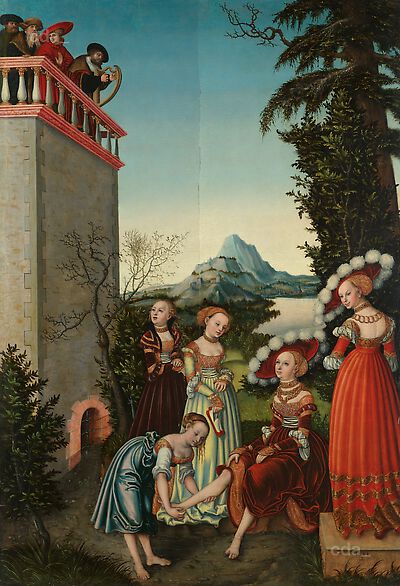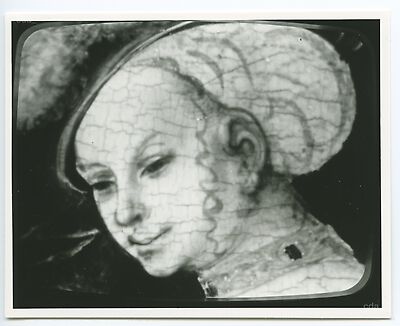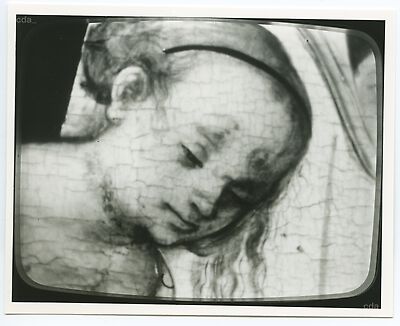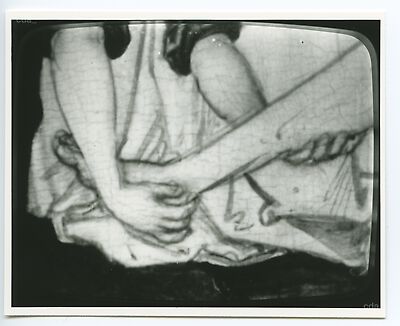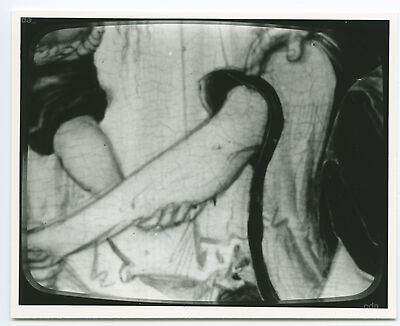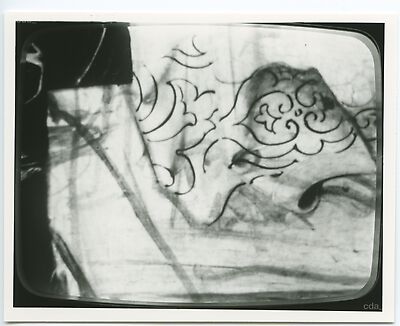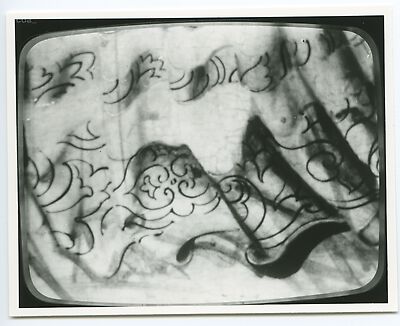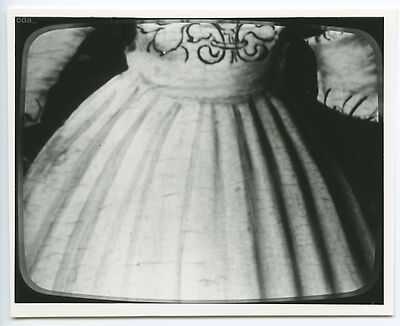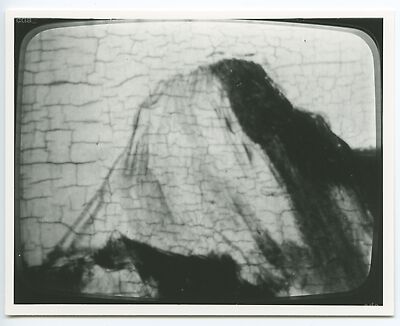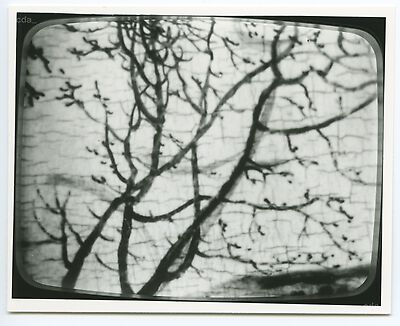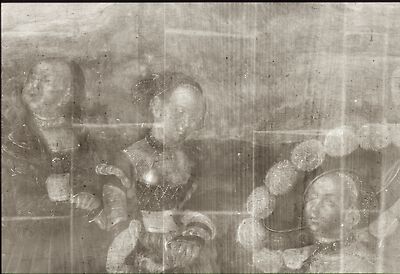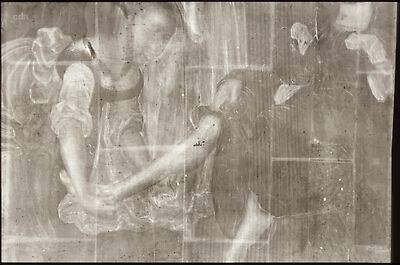- Attributions
-
Lucas Cranach the Elder
Lucas Cranach the Younger
Attributions
| Lucas Cranach the Elder | [Sotheby's online database;http://www.sothebys.com/en/auctions/ecatalogue/2008/old-master-paintings-evening-sale-l08033/lot.62.html?locale=en; accessed 20-03-2019] 'Painted in the main by Lucas Cranach the Elder with the participation of his son Lucas' |
| Lucas Cranach the Younger | 'Painted in the main by Lucas Cranach the Elder with the participation of his son Lucas' |
| Hans Cranach | Werner Schade [Sotheby's online database;http://www.sothebys.com/en/auctions/ecatalogue/2008/old-master-paintings-evening-sale-l08033/lot.62.html?locale=en; accessed 20-03-2019] |
| Lucas Cranach der Ältere and Workshop | Ludwig Meyer [Sotheby's online database;http://www.sothebys.com/en/auctions/ecatalogue/2008/old-master-paintings-evening-sale-l08033/lot.62.html?locale=en; accessed 20-03-2019] |
- Production date
- 1534
Production date
| 1534 | [dated] |
- Dimensions
- Dimensions of support: 115 x 79.3 cm
Dimensions
Dimensions of support: 115 x 79.3 cm
[Sotheby's online database;http://www.sothebys.com/en/auctions/ecatalogue/2008/old-master-paintings-evening-sale-l08033/lot.62.html?locale=en; accessed 20-03-2019]
- Signature / Dating
Artist's insignia on the stone block at the bottom right: serpent with elevated wings, facing left and dated '1534'; in black paint
Signature / Dating
Artist's insignia on the stone block at the bottom right: serpent with elevated wings, facing left and dated '1534'; in black paint
[cda 2019]
- Owner
- Private Collection
- Repository
- Private Collection
- CDA ID
- PRIVATE_NONE-P269
- FR (1978) Nr.
- FR-none
- Persistent Link
- https://lucascranach.org/en/PRIVATE_NONE-P269/
